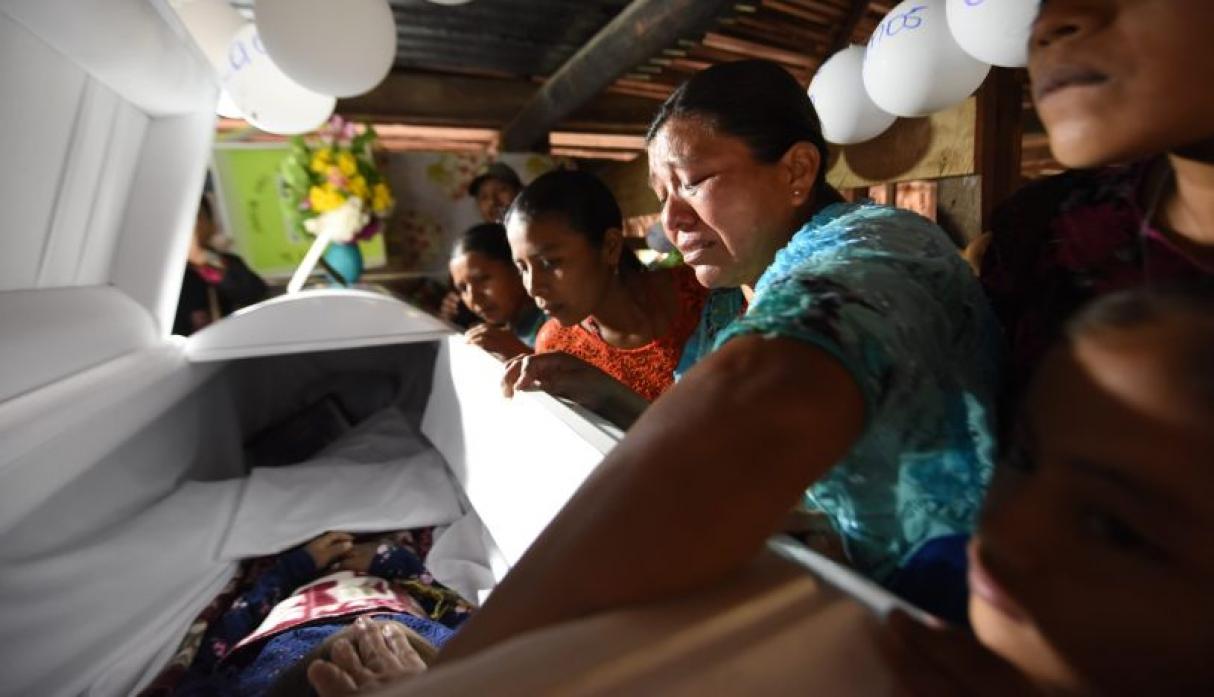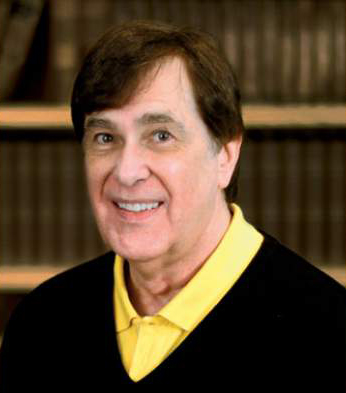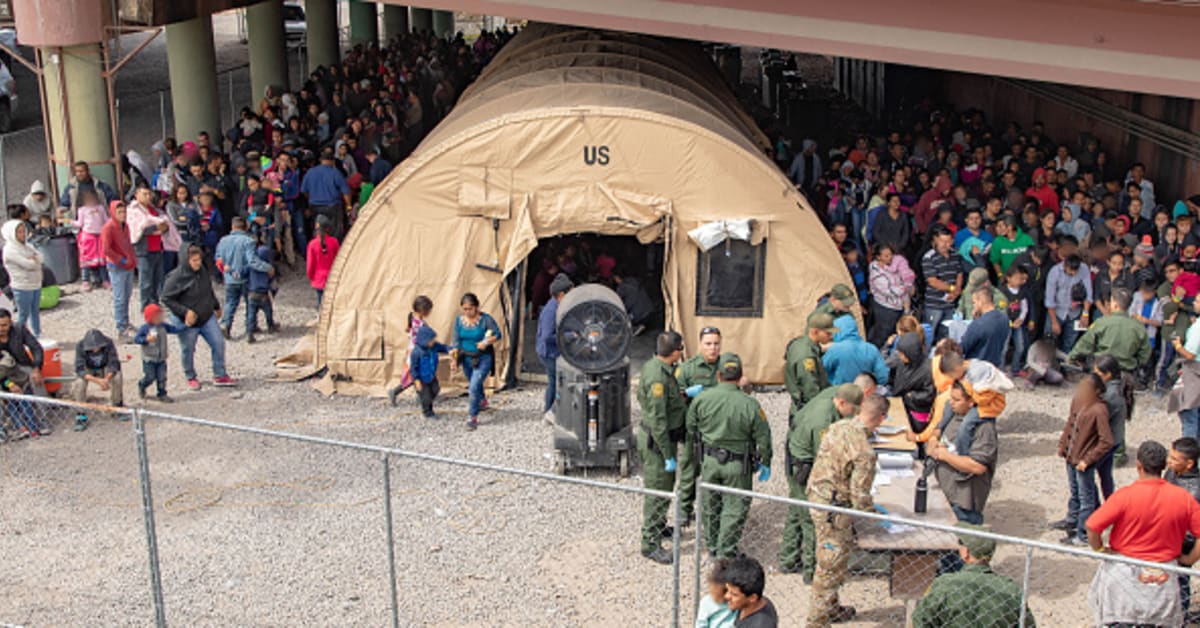Empowering the community through education
by the El Reportero’s news services
EstrellaTV kicked off this year’s effort on Feb. 11 by hosting 13 young students from The Orange County Community Housing Corporation (OCCHC).
The students, who participate in the organization’s SteppingUp College Awareness Program, had an opportunity to get a behind the scenes glimpse of how television broadcasting is made and the many career opportunities available in the industry.
Students were able to interact with on-air talent, producers and technical personnel as they navigated master control rooms and various studio sets, and got to experience a live taping of a news promo segment.
The Orange County Community Housing Corporation (OCCHC) is a non-profit organization whose mission is to transition extremely low-income families to greater self-sufficiency by assisting with housing and education.
French fire fighters and police officers certified the security of the Museum of Visual Arts in Uruguay for an exhibition of the Spanish painter Pablo Picasso”s works, Culture Minister Maria Julio Muñoz confirmed.
The exhibition will take place from March 29 to June 30, as a result of an agreement signed on Feb. 14 between the Museum of Paris, which holds Picasso’s works, and the Uruguayan institution.
In order to reach the agreement, the two French agencies inspected the conditions of the museum that will exhibit Picasso’s paintings in Montevideo.
Muñoz made it clear that Montevideo will be only place in the Americas where the exhibition will take place, and it will tour other continents. She added that the museum was chosen because its director, Enrique Aguerre, enjoys great prestige among international artists.
Uruguayan Museum certified to host Picasso exhibition
French fire fighters and police officers certified the security of the Museum of Visual Arts in Uruguay for an exhibition of the Spanish painter Pablo Picasso”s works, Culture Minister Maria Julio Muñoz confirmed.
The exhibition will take place from March 29 to June 30, as a result of an agreement signed on Feb. 14 between the Museum of Paris, which holds Picasso’s works, and the Uruguayan institution.
In order to reach the agreement, the two French agencies inspected the conditions of the museum that will exhibit Picasso’s paintings in Montevideo.
Muñoz made it clear that Montevideo will be only place in the Americas where the exhibition will take place, and it will tour other continents. She added that the museum was chosen because its director, Enrique Aguerre, enjoys great prestige among international artists.
Also in Uruguay:
Uruguayan wins Best Director Award at Sundance
Uruguayan Lucia Garibaldi wins the award for best director at the prestigious Sundance International Film Festival with the film The Sharks, the first one representing her country in this contest.
The young actress Romina Bentancur stars the film in the role of a teenager who lives on the Uruguayan coast and gets ready to receive a flood of tourists while facing the vicissitudes of amorous awakening.
Before the competition, she said, she proposed to work with non-professional actors and before choosing her, she saw about 50 videos, and discovered in her ‘one of those faces, those voices, those ways of moving that are always finding something new.’
Garibaldi, graduated from the Uruguayan Film School, thanked the official support she received to finish the film and announced that she has her second feature film, to be called The Last Queen.
She received this award a day after her compatriot Alvaro Brechner won in Seville the Goya for Best Screen Adaptation in the Uruguayan-Argentinean-Spanish co-production A Twelve-Year Night.
The actor Robert Redford founded the Sundance Festival in Utah, United States to open doors to quality art productions lacking powerful commercial scaffolding.










